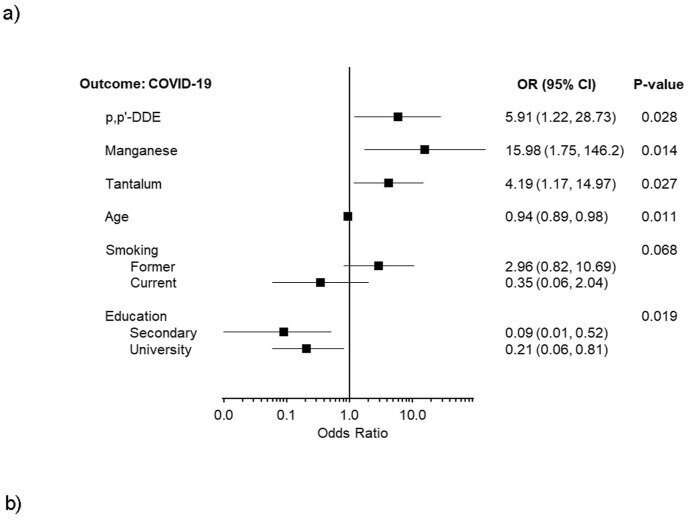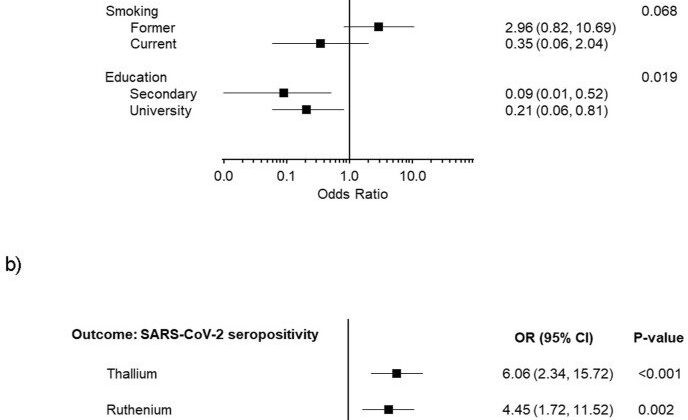
High levels of certain chemical pollutants in the blood are associated with an increased risk of SARS-CoV-2 infection and COVID-19 disease, according to a study conducted by the Hospital del Mar Medical Research Institute (IMIM-Hospital de Mar), the Barcelona Institute for Global Health (ISGlobal), and the University of Las Palmas.
The study has been published in the journal Environmental Research, and is the first prospective analysis using pre-pandemic data of pollutants in blood of healthy people.
The findings provide a possible new explanation for the wide variation in susceptibility to SARS-CoV-2 infection and COVID-19 disease. Why do some people with similar exposure to the virus get infected and others do not, and why do some people develop the disease and others do not? This question remains largely unexplained.
“What our study shows is that individual levels of certain environmental pollutants increase the risk of infection and the risk of developing the disease,” says Miquel Porta, a physician at IMIM-Hospital de Mar and one of the main authors of the study. Other factors that influence the risk of developing COVID-19 are co-morbidities (i.e., whether the person already suffers from other diseases), smoking, age, education level, density of people in the home, or exposure to the virus on public transport or at work.
The researchers used frozen blood samples collected in 2016 from 240 persons from the general population of Barcelona. They analyzed the relation between blood levels of organic pollutants and chemical elements with the frequency of SARS-CoV-2 infection and COVID-19 in the same individuals during 2020-2021.
The findings reveal that people with higher blood levels of certain pollutants had a higher risk of becoming infected and of developing the disease. The risk of developing COVID-19 was associated with DDD and DDE (derivatives of the pesticide DDT), as well as lead, thallium, ruthenium, tantalum, benzofluoranthene and manganese. High levels of thallium, ruthenium, lead and gold, were associated with a higher risk of infection, while high levels of iron and selenium were protective.
“An important finding of the study is that it identifies mixtures of up to five substances, from different chemical groups, each of which increases the risk of infection and disease,” adds Gemma Moncunill, researcher at ISGlobal and last author of the article.
The authors consider these results to be of “considerable scientific and social relevance,” as they provide the first prospective and population-based evidence of a possible link between individual blood levels of certain pollutants and SARS-CoV-2 infection and COVID-19.
These pollutants enter our bodies through multiple routes, from electronic devices to the feed used in intensive animal farming. Therefore, say the authors, “if the associations are confirmed to be causal, policies to control the risks are available.”
More information:
Miquel Porta et al, Individual blood concentrations of persistent organic pollutants and chemical elements, and COVID-19: A prospective cohort study in Barcelona, Environmental Research (2023). DOI: 10.1016/j.envres.2023.115419
Journal information:
Environmental Research
Source: Read Full Article
